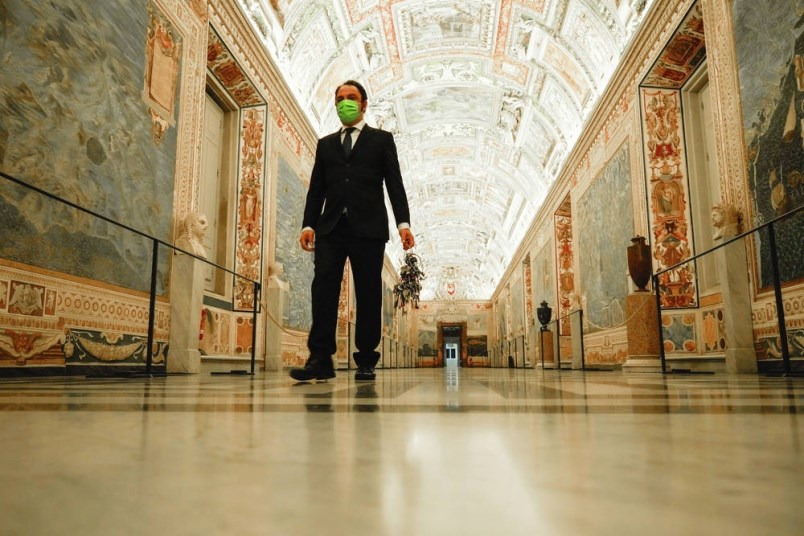A year ago, the International Council of Museums reported that almost 13 per cent of museums around the world could close permanently thanks to the pandemic. By November, the number had dropped to just 6.1 per cent.
The past year has forced museums and similar sites everywhere to find new ways to reach audiences, remain relevant, and keep their donors and sponsors happy despite public health restrictions.
Many have turned to technology. They’re now presenting virtual tours and field trips, digital outreach and online exhibitions.
The shift toward technological options has been happening for years, but COVID-19 has accelerated many of those plans. Sites with money are partnering with production companies to create innovative online, interactive and virtual opportunities for people from around the world to visit.
But even sites with limited budgets are finding ways to deepen the experience of remote visitors, offering video-casts, podcasts and live Zoom presentations and webinars.
As a result, we can now visit more museums, art galleries, historic sites, zoos, and science and nature centres than ever before. We can travel the world.
In a single morning, we might tour the Royal B.C. Museum’s First Peoples Gallery, head over to Paris to view Monet’s Water Lilies at the Orangerie, then travel to Egypt to explore the tomb of Pharaoh Ramses VI.
After a quick loo break, we might climb through a virtual reality looking glass into a Wonderland created to coincide with the Victoria and Albert Museum’s new Alice exhibition in London, then practice Haka Te Taiao (nature haka) at New Zealand’s Te Papa museum.
At that point, we might decide to hop over to the Uffizi Gallery in Florence to study Renaissance paintings and drawings of people of colour, then stop by the National Zoo in Washington, D.C., to watch a cheetah give birth.
On our way home, we can zip around to Cambodia to explore power and politics in a virtual recreation of the sprawling 800-year-old metropolis of Angkor, before joining Swan Lake Nature Sanctuary naturalist Erica Van Dyk and Wrinkles the western painted turtle for an online program about reptiles on south Vancouver Island.
No masks. No jetlag. No customs lineups or screening. No screaming kids kicking the backs of our seats nonstop for seven hours in cattle class on red-eye flights. No maxed-out credit cards.
And no museum head. (Just strained eyes from being on screen for hours.)
In some cases, we’re even invited behind the scenes at the museum.
The public areas of museums and galleries often encompass most of their buildings’ square footage and typically furnish the images and ideas of what these places stand for. However, the stuff stored and the activities taking place behind closed doors in the back and basement, and at offsite facilities, are often the most important part of these organizations.
That’s where you find collections that rarely appear before the public — items too rare, too costly to insure, too fragile, too difficult to exhibit, too dull and insignificant looking, too culturally sensitive for day-to-day display.
With these new ways of engaging with museums and similar sites, we are sometimes allowed to see the rare, fragile maps, drawings and other archived documents. We can examine the feathers of now-extinct songbirds and scrutinize the mites that live on a beetle’s thorax. We might even be able to watch researchers piece together and paint a replica T. rex skeleton or clean a 600-year-old painting.
In some cases, we can talk to researchers, ask them questions and be answered as if we were in the room with them.
Nobody is saying the new approaches are the same as visiting museums in person. They’re different. In some ways, they present a lesser experience, lacking the full immersive engagement of all five senses at once.
In other ways, they’re just as rich and deep, and often are more detailed and more varied.
But they do allow you to travel the world in a day, day after day, to see great works of art, incredible ancient sites, artifacts that have changed the world, and specimens that are changing how we think about the world.
Read more from the Times Colonist




